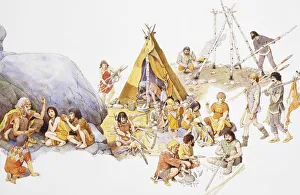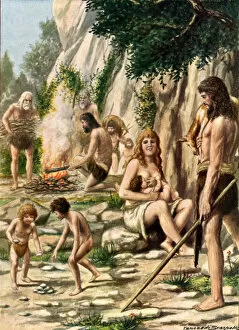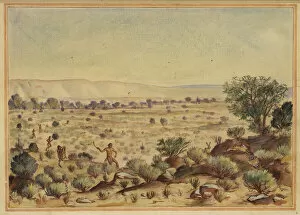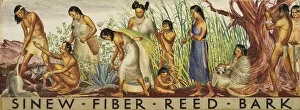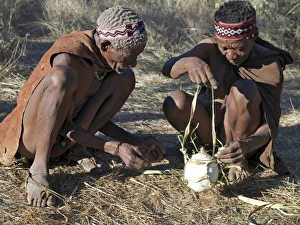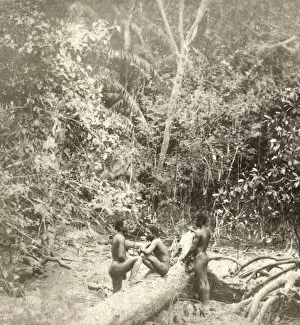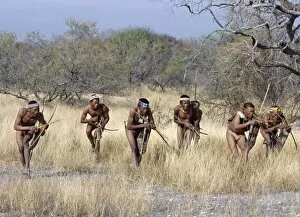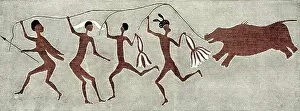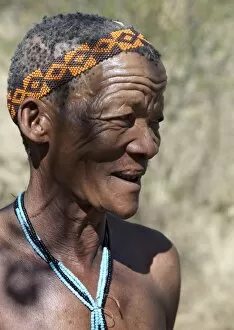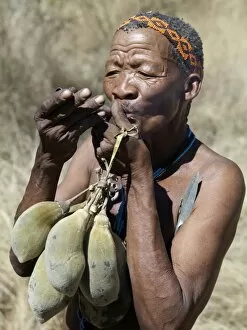Hunter Gatherers Collection
Hunter-gatherers, also known as Mesolithic man, were the original pioneers of survival and community
All Professionally Made to Order for Quick Shipping
Hunter-gatherers, also known as Mesolithic man, were the original pioneers of survival and community. They would gather around a crackling fire in family groups, sharing stories and warmth amidst the vast wilderness. These resilient individuals built dwellings that provided shelter from harsh elements and served as a sanctuary for their loved ones. One notable group of hunter-gatherers was the San people in Africa. With their deep connection to nature, they navigated through the expansive landscapes with remarkable skill and knowledge. Their existence intertwined seamlessly with the natural world surrounding them. In France's Pech-Merle Cave, astonishing horse paintings dating back to 2500-2000BC depict these majestic creatures alongside early human life. These captivating artworks offer glimpses into the lives of our ancient ancestors who coexisted harmoniously with animals. The caves also reveal insights into "the original Italians" - cave men who left behind evidence of their resourcefulness and adaptability. Through intricate drawings etched onto cave walls, they documented their hunting techniques and daily rituals. Fast forward to more recent times, where an unknown artist captured men hunting rabbits in a powerful image from the 20th century. This artwork serves as a reminder that despite advancements in technology, some traditions remain unchanged throughout history. Mural studies showcasing Yucca, Hair, Cotton, Feathers; Sinew Fiber Reed Bark shed light on how hunter-gatherers utilized various materials for practical purposes such as clothing or tools. The creativity displayed by these unknown artists highlights humanity's ability to adapt using available resources. A glimpse into indigenous cultures reveals fascinating aspects of hunter-gatherer lifestyles too. Two N. S tribespeople meticulously crafting a bark carrier for an ostrich egg showcases their craftsmanship passed down through generations. Traveling further east to India's Andaman Islands brings us face-to-face with native jungle-dwelling Andamanese people captured on stereoview cards from circa 1900.

